One of our mantras at Control Design is "Today is a heck of a time to start thinking about tomorrow." And, while I've often fallen short of following it, sometimes I do get the jump on upcoming tasks. So, below are the main questions I'm trying to cover in my next three cover articles for Control Design in August, October and November. If you or anyone you know might have some expert commentary or end user examples, I would love to hear about them. Please e-mail me at [email protected] or call (620) 625-1125 or (847) 404-6658 to set up an interview in the next few weeks. Thanks ahead of time for your help.
THE GLOBAL MACHINE BUILDER—cover for August 2012 issue of Control Design—need to interview in June.
1. What’s going on lately with machine builders selling and distributing products among different nations, regions and continents? What are the main challenges they’re facing?
2. Is international standardization making it easier for machine builders to do this? If so, what standards are helping, and how are they being applied?
3. Do you have any example of machine builders and end users successfully overcoming these challenges, and can they describe their experiences?
4. How is developing and marketing machines for global regions likely to evolve?
MOTION BUSES VS. ETHERNET—cover for Oct 2012 issue of Control Design—need to interview in August or earlier
1. Is one or more of the Ethernet-based protocols fast and reliable enough to be used for high-speed, real-time motion control?
2. Or, are SERCOS or the other protocols dedicated to motion still the best choice for high-speed motion applications?
3. Are their certain situations where Ethernet or traditional motion protocols still provide more functionality and advantages than the other?
4. If so, what are these applications, and do you have specific examples of builders using them?
5. How is Ethernet versus traditional motion methods likely to evolve in the future?
THE CONNECTED MACHINE—cover for Nov 2012 issue of Control Design—need to interview in Sept or earlier
1. What types of networking, machine-to-machine or other links are formerly standalone machines and cells using these days and how are they being employed?
2. Are these links still being used mostly for monitoring, or is actual control via remote industrial networking really going mainstream?
3. What's happening with PackML, MTConnect and the other machine-related networking methods?
4. How big a role are robots playing in these connected machine, cells and clusters?
5. Do you have examples of these kinds of connected machines, cells and clusters, and do their builders have any advice about how to do it?
5. How is the "connected machine" likely to evolve in the future?
About the Author
jmontague
jmontague

Leaders relevant to this article: